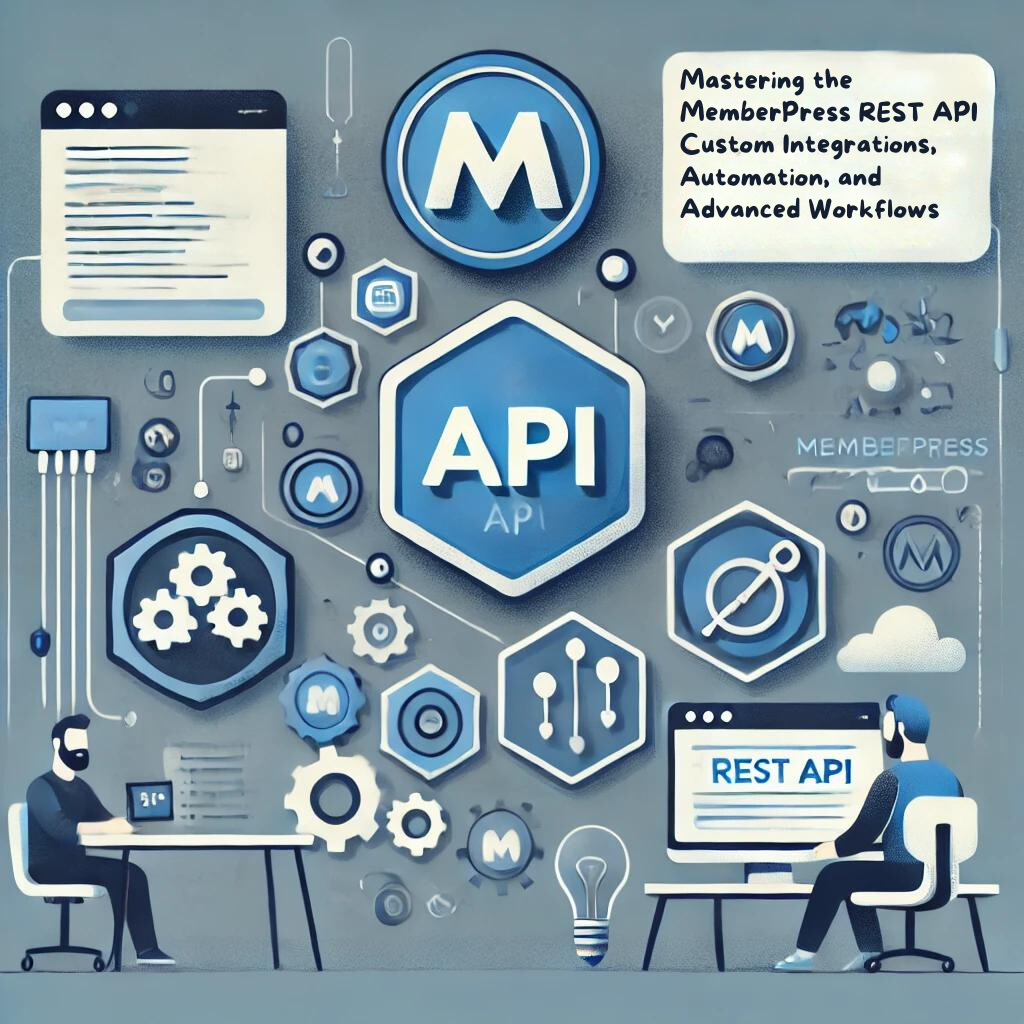🔑 Key Use Cases for MemberPress REST API
🔼 Fundamental Concepts of the MemberPress REST API
💡 Examples and Metaphors: Understanding MemberPress REST API Use Cases
📚 Expanding Your Knowledge of MemberPress REST API and Beyond
🧪 Tests and Simulations: Exploring the MemberPress REST API Hands-On
➕ Taking MemberPress REST API to the Next Stage
📚 Advanced Concepts for MemberPress API and Integrations
🧪 Tests and Simulations: Creating Custom API Endpoints, Testing OAuth Workflows, and Advanced Payment Automations
🔐 4. Implementing Single Sign-On (SSO)
If you run a corporate membership site or one that requires seamless access across multiple platforms, implementing Single Sign-On (SSO) allows users to access MemberPress using existing credentials (like Google, Microsoft, or Facebook logins).
Example: Implement SSO with OAuth 2.0
Steps:
- Set Up an OAuth Server:
- Use a service like Auth0 to manage user authentication and grant access tokens using OAuth 2.0.
- Modify MemberPress Authentication:
- Customize the login process to authenticate users against your OAuth server. This can be done by hooking into WordPress’s login system.
function custom_sso_authenticate($user, $username, $password) { $response = wp_remote_post('https://auth.your-oauth-server.com/token', array( 'body' => array( 'client_id' => 'YOUR_CLIENT_ID', 'client_secret' => 'YOUR_CLIENT_SECRET', 'grant_type' => 'password', 'username' => $username, 'password' => $password ) )); $response_body = wp_remote_retrieve_body($response); $data = json_decode($response_body, true); if (isset($data['access_token'])) { // Authenticate user in WordPress based on OAuth token } } add_filter('authenticate', 'custom_sso_authenticate', 10, 3); - Authenticate Users:
- Users can now log in using their existing credentials from your OAuth provider (e.g., Google or Microsoft), which simplifies the login experience and provides better security.
